Osmorhiza longistylis (Long-Styled Sweet Cicely) - photos and description

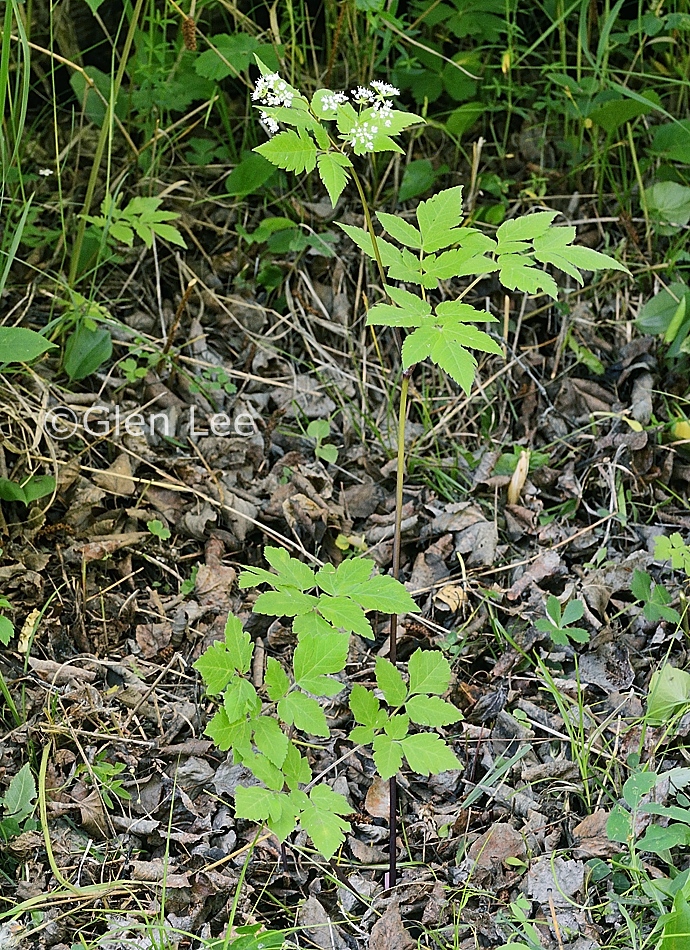
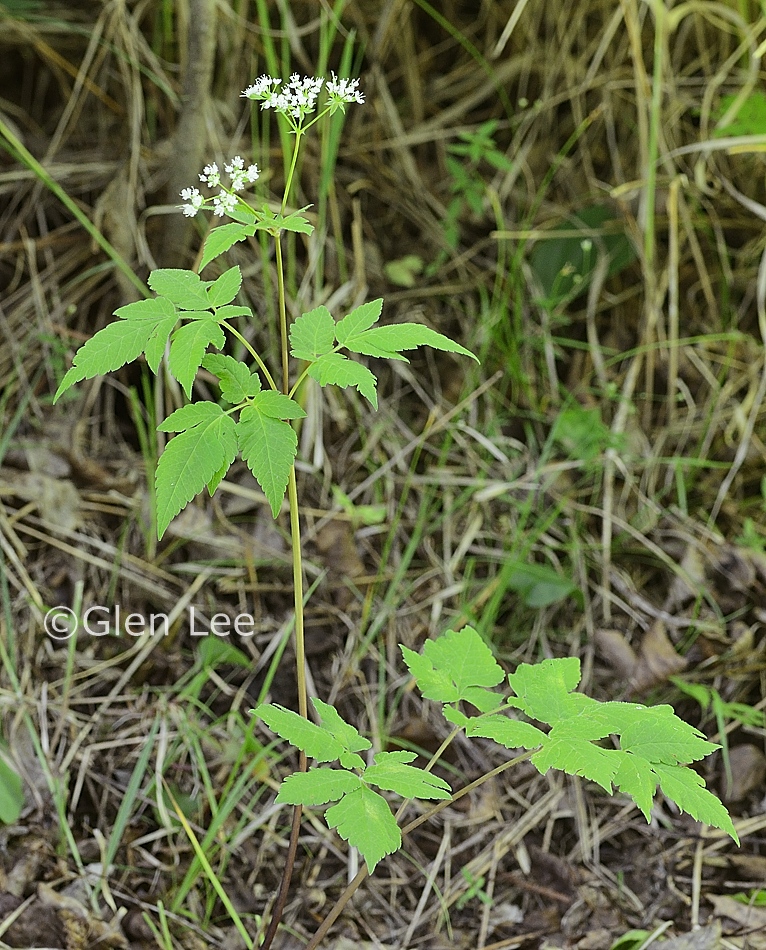

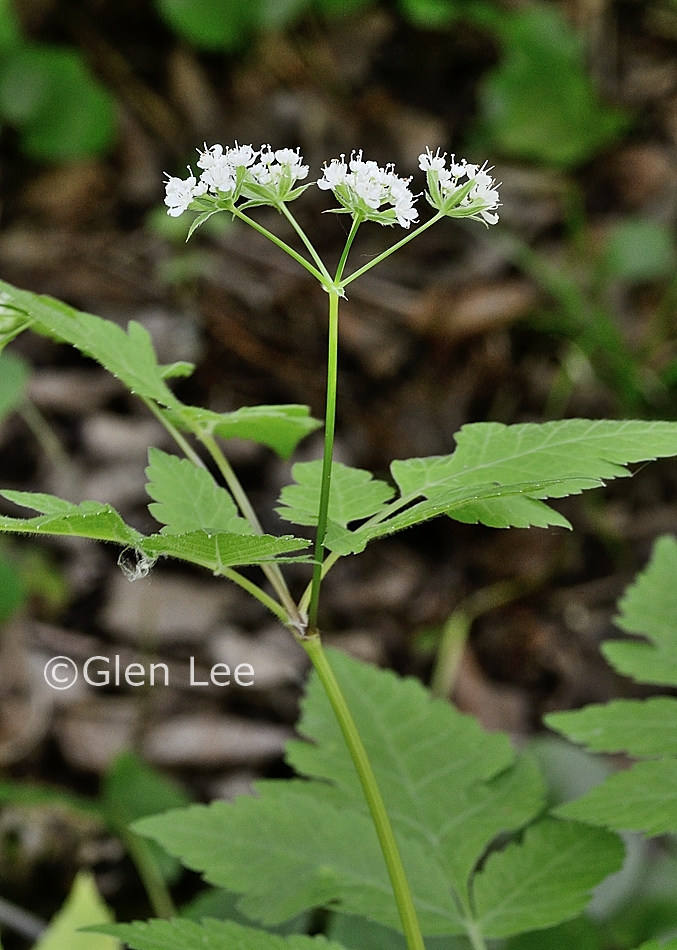
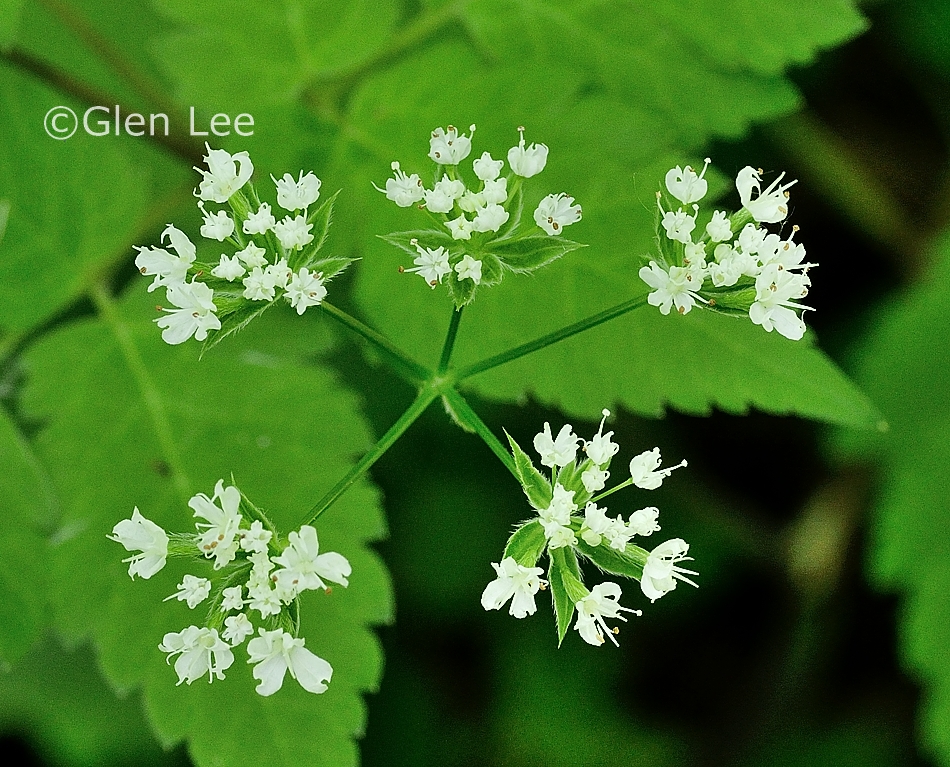
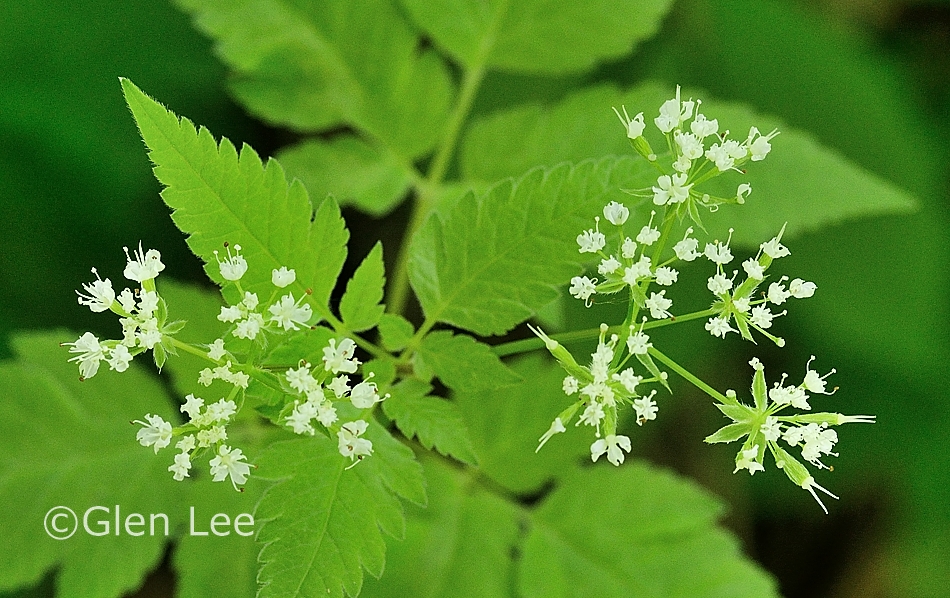
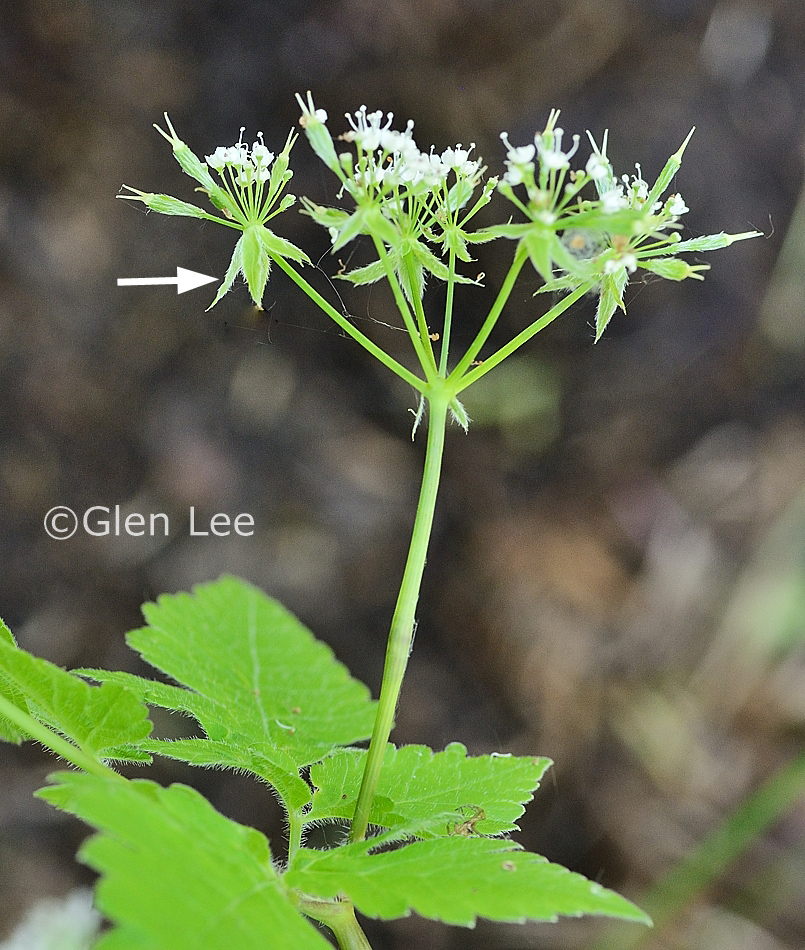
Bracts underneath the flower umbels.
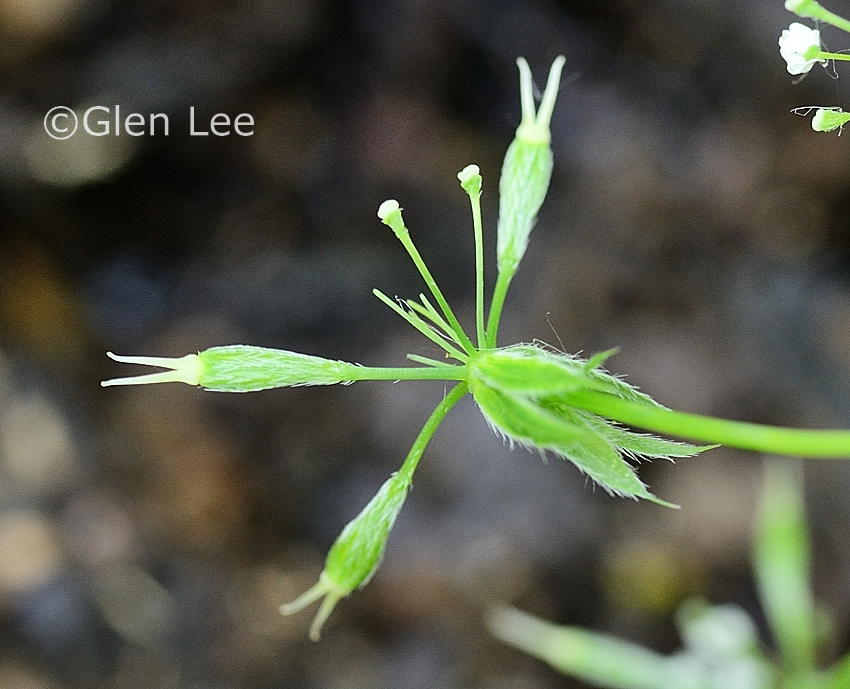
Styles are long in flowers and fruit (shown above).
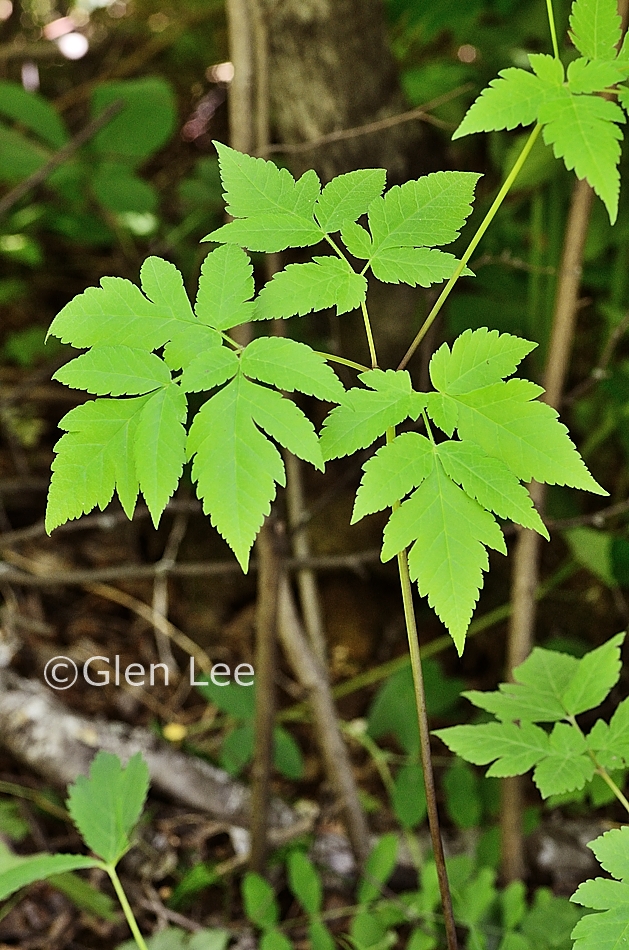
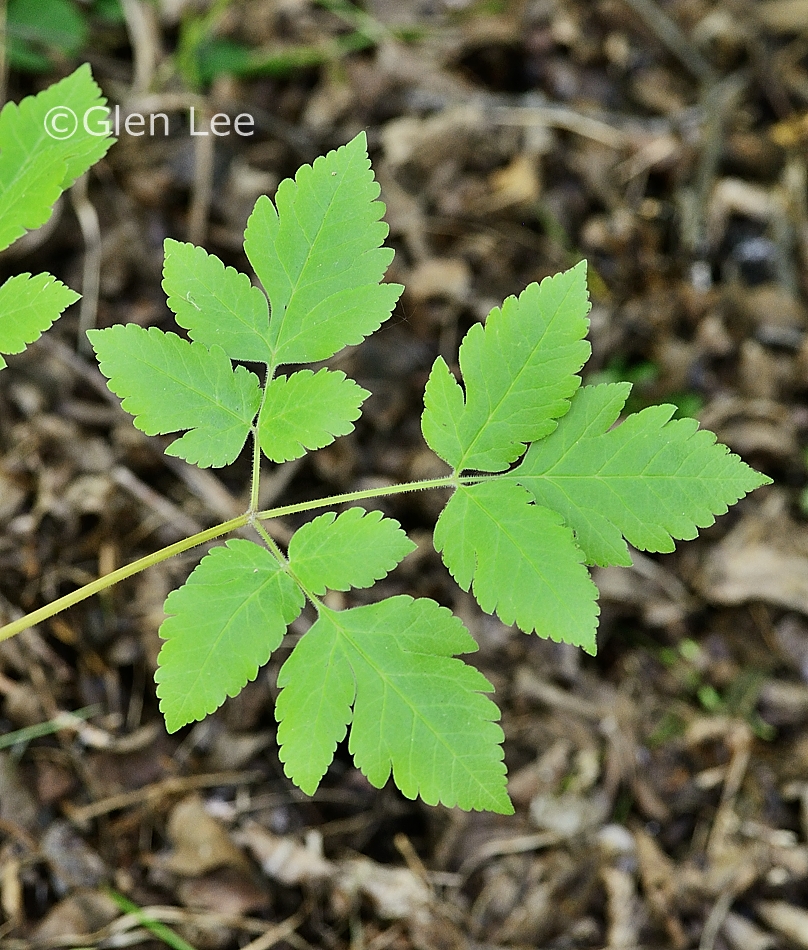
Origin: Native.
General: Woodland perennial with stems erect, branching towards the top. Stems are glabrous and reddish towards the bottom. The foliage, particularly the roots, smell like anise (licorice) when bruised.
Flowers: Flowers greenish-white in compound umbels, we measured flowers to a 3 mm diameter and 5 mm long, a single umbel at 15 mm wide, and a compound umbel at 40 mm wide. Single umbels are subtended by reflexed bracts.
Fruit: The fruit have long styles, 2 to 4 mm long, a pod was measured to 17 mm long. The fruit is widest at the apex and bristly hairy.
Leaves: Leaves are alternate, reduced in size up the stem. Leaves are divided three times, leaflets coarsely toothed, egg-shaped. We measured a basal leaf at 34 cm wide, a group of 3 leaflets at 18 cm wide, and a terminal leaflet was measured at 6.5 cm long by 4.5 cm wide. Leaves and petioles are pubescent.
Height: Height listed in Budd's Flora to 90 cm long, we measured plants to 94 cm tall.
Habitat: Rich woodlands.
Abundance: Common, listed as an S5 by the Saskatchewan Conservation Data Centre.
Similar species: There are three Osmorhiza
species
native to Saskatchewan. To identify them examine the
fruit.
- Osmorhiza longistylis has fruit with long styles. Also, this
species has bracts subtending the flower umbels. This species is common.
- Osmorhiza depauperata
has fruit which are spatulate, widest at the apex. This species is
uncommon.
- Osmorhiza berteroi
has fruit which are linear and narrow at the apex. This species is
extremely rare.
When and where photographed: Took the above photos June 10th, rich aspen forest, Moose Mountain provincial park, about 200 km southeast of our home in Regina, SK.